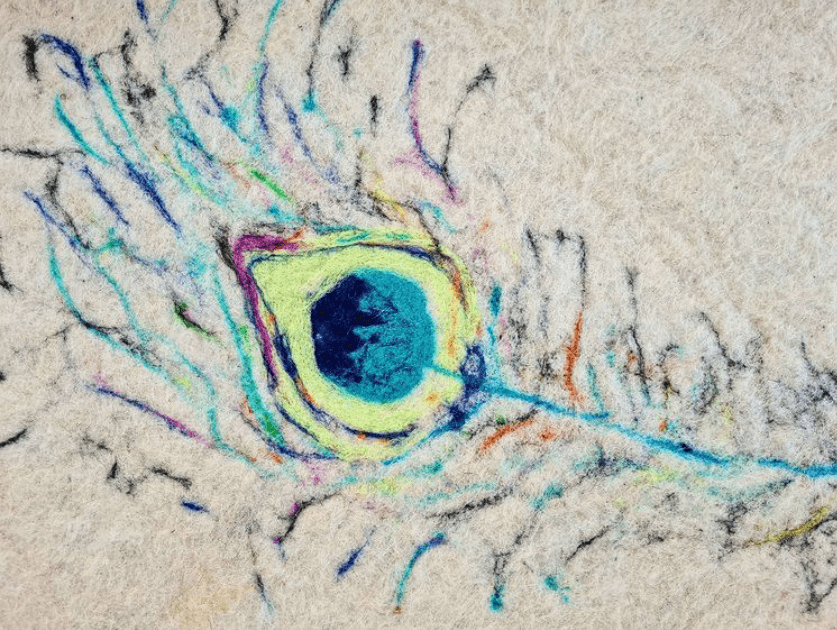Meet the Makers: Likamee Wool Rugs, Eco-Friendly and Imperfectly Perfect
In the age of mass-production and overconsumption, artisanal crafts seem to be making a comeback as more and more people crave authenticity over standardised manufacturing. We’re starting a new series to highlight the talented Croatian artisans creating extraordinary things, looking to learn more about their crafts. First up in Meet the Makers, an interview with the woman who’s turning discarded sheep fleece into stunning, eco-friendly wool rugs
Scrolling through my news feed one day, an image caught my eye. A star-shaped white rug, covered in streaks of bright pink and orange, that looked incredibly soft and entirely unique. That’s how I first learned of Likamee wool, a small family business manufacturing felted wool rugs.
Likamee wool is run by two exceptional women: Nada Jandrić, the artisan creating the rugs, and her daughter Ivana who manages the Likamee socials and is also familiar with the craft herself. I reached out to them to learn more about their work and the stars aligned just right for us to meet in Zagreb for a chat.
Blurring the line between home decor and art, Likamee rugs are beautiful, one of a kind pieces, but there’s a lot to appreciate about this unique product beyond the aesthetic.
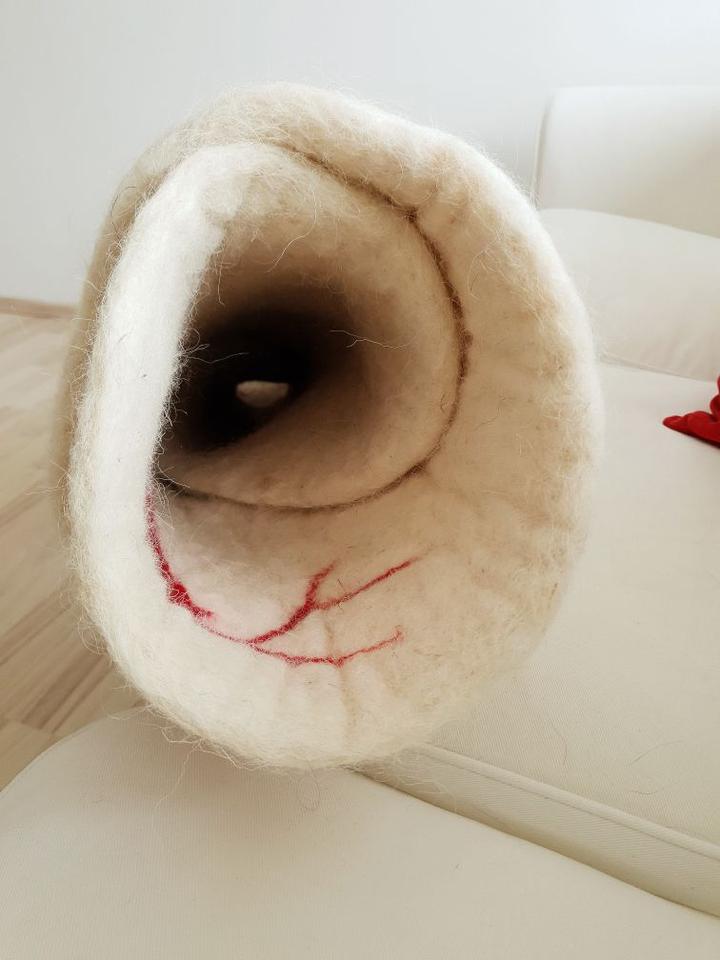
All the rugs are handmade, eco-friendly and animal-friendly, and I was curious to find out what led Nada to start practising such a specific craft. I thought this creative endeavour may have organically evolved from a love of arts and crafts in general, but she was in fact inspired by a documentary she saw about the environmental impact of wool as a pollutant.
You read that right - raw natural fiber can very well be a pollutant. Annual sheep shearing leaves behind massive quantities of fleece which essentially turns into waste overnight. Some people burn the leftover wool, some bury it, some just send it to landfill. On her part, Nada wanted to work out a way to recycle the fleece and give it a new life.
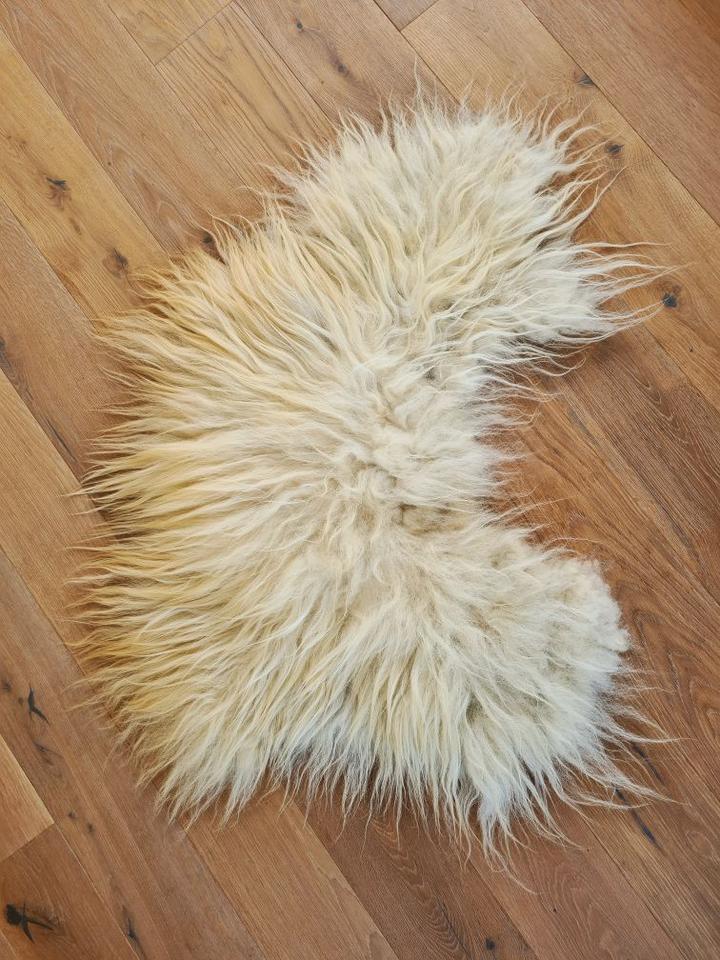
‘I had some unprocessed wool at home and the documentary got me thinking. If I could get more wool, what would I do with it? I don’t knit, I don’t spin yarn… I wanted to do something no one else was doing. So I did some googling, learned about felting, and I really liked the concept. I gave it a try; I started small, making pom-poms. Then I got myself a few felting needles and little by little, my projects expanded in size. Small at first, the rugs grew larger and larger until I made one with a 2-metre diameter.’
That particular rug is the largest she made to date and weighs an impressive 8 kilos, but on average Likamee rugs weigh around 2-3 kilos each (6,5lb). Coincidentally, that’s exactly how much wool is typically shorn from a single sheep, resulting in a neat principle of one sheep - one rug, give or take. I was delighted to learn that Likamee wool rugs have an easily traced origin, and a sweet story at that.
‘I source my wool from a woman who lives in Lika and tends to a flock of one hundred sheep. She loves those sheep so much. Each one has a name, and they respond to their names when called! It’s really something else. As an animal lover, I want that flock to be preserved for as long as possible.’
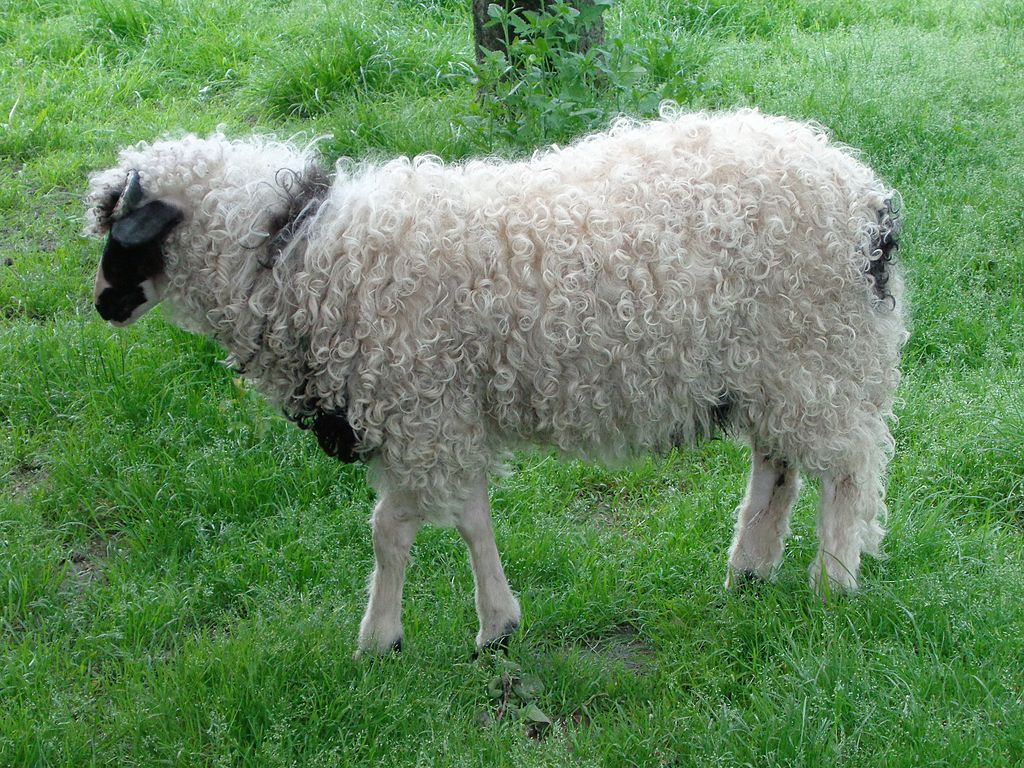
Lika Pramenka sheep / Wiki Commons
Animal-friendly manufacturing is a crucial part of the Likamee philosophy. Some of the rugs are made to imitate the look of sheepskin, but only in appearance: batches of shorn fleece are bonded by felting, resulting in beautiful and durable pieces created without any harm coming to animals.
‘My sheep are all safe and sound, they just get a haircut every once in a while’, said Nada with a laugh.

A sheep fleece Likamee rug with felted mat backing
These days, sourcing wool is the least of her concerns. Friends and family were very much on board ever since they first learned about the rugs, and everyone was happy to help by bringing more fleece for future projects. Nada soon had so much wool on her hands, storing it became a challenge. Once you have the raw material ready, what’s next?
As you might imagine, making a woollen rug by hand is a lengthy, demanding process. Nada and Ivana took me through all the steps involved in hand processing of wool, and learning how much time and effort is invested into each piece only made me appreciate the craft all the more.
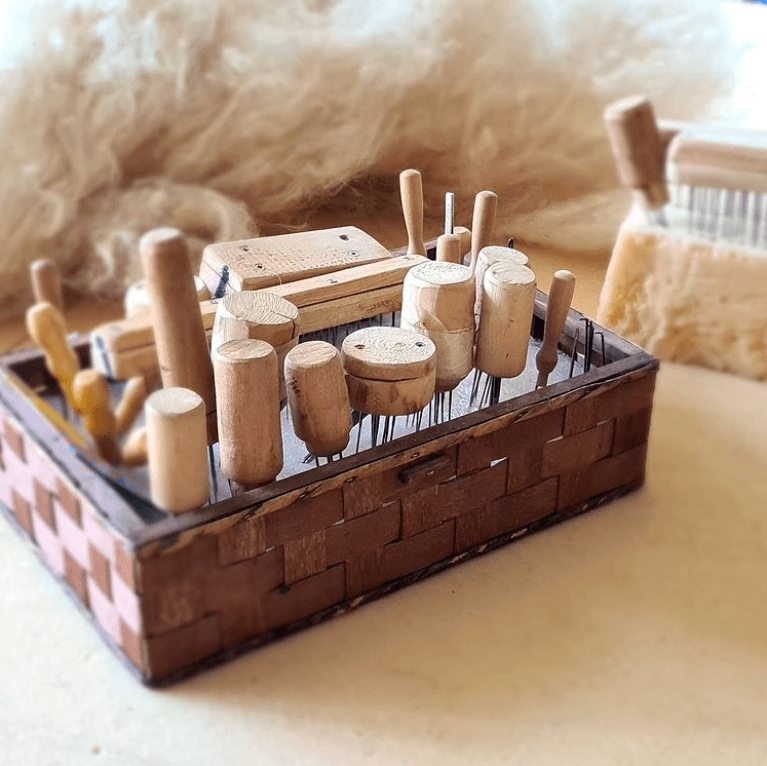
An assortment of felting needles, all handmade for Likamee manufacturing purposes
‘Say I was making a small rug and putting a few hours into it every day, it’d take me about a week to finish it. Since I’m basically stabbing wool [with the felting needle] by hand the whole time, I can work for four hours at a time, tops', says Nada. Check out the Instagram video showing the first stage of the dry felting process.
The creation of a rug is just the final step, though, and it’s the preparatory work that actually requires the most effort. There are stages to working with unprocessed fleece: it needs to be washed first, and that alone can take days.
Raw fleece typically has an unpleasant smell and is covered in mud, dirt and grease, so it needs to go through the wash a few times before it’s considered clean enough for further processing. Soak, rinse, repeat. Nada and Ivana do it all by hand.
‘You could technically use a washer, but all washing machines are too rough on wool even on the most gentle cycles. What occurs is that the fleece sort of felts itself and then you need to rip it apart again. That’d be incredibly hard: once wool is felted, it can very well last forever. So we wash it by hand instead.’
Once it’s air dried, the clean fleece goes through several rounds of combing. It’s split into smaller chunks with the help of a carding machine, is then combed by hand, and finally goes through a mechanical tool for fine carding (see the carder in action in this video). Is that the big contraption I saw on their Instagram? We wish it were big, they replied with a laugh.

The biggest carding tools intended for hobbyists are 30cm wide - it’s not much when you have to prep enough wool to make a rug, but anything bigger than that is only made for industrial manufacturing. They could really use a larger carder to process more wool at once, but had no luck searching for one.
‘Since my dad can make anything, he offered to build us a custom carding tool if we got him a metal sheet fitted with combing pins. Turns out, you can’t get one anywhere. We couldn’t source individual parts to build a bigger carder on our own, and so we struggle with the small one that we have. That’s why it takes so long; it’s a lengthy process in part due to the equipment’, explained Ivana.
Rough batches of wool are fine-combed until they transform into soft, airy clouds:
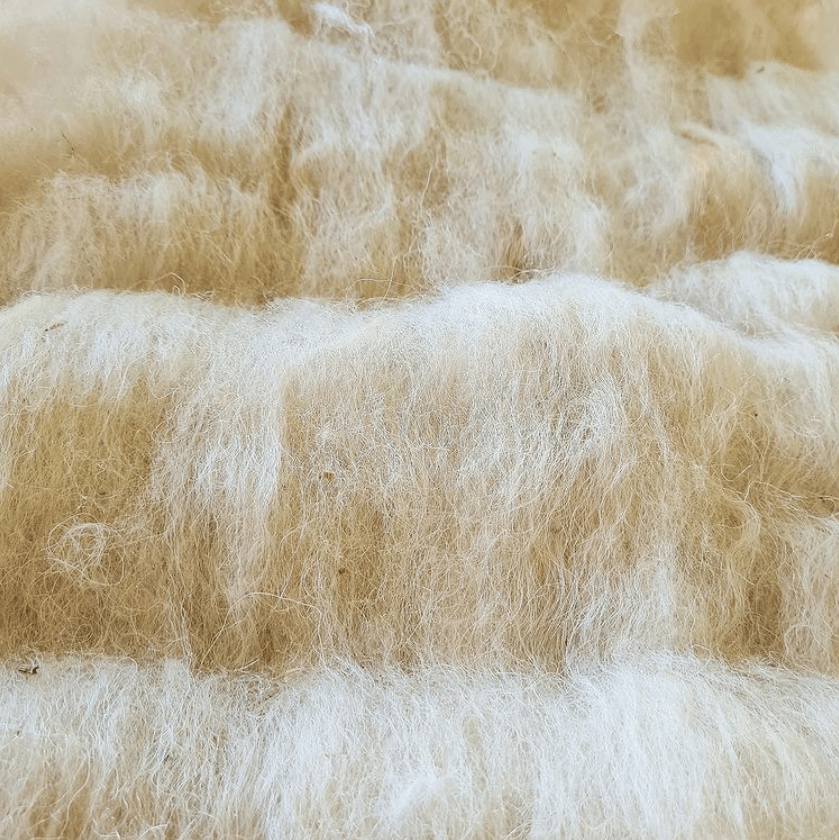
At that point, it’s finally time to felt. Several sheets of wool are stacked on a foam mat to make a rug, the number of sheets depending on the type of wool. Some are softer, some a bit rougher.
‘Our wool from Lika is more coarse, it takes more effort to work with. I also use wool from Pag island, that one’s softer. Interestingly, both are the Pramenka sheep breed, just originating from different areas.’
All Likamee rugs are unique, and Nada never makes the same design twice because it’s virtually impossible to repeat the same pattern. While some rugs retain the soft hues of natural sheep fleece, I’ve noticed a few eye-catching designs with accents of colour.
‘I started to dye the wool just to see how it would turn out. Since I’m working with eco wool, it only made sense to use eco-friendly dyes as well. I used coloured pencils at first and liked how it came out, then I started using natural purple dye. I’m planning to give avocado a try too… but mostly I just use natural wool. The experiments are more to ensure I have enough dyed wool at hand in case someone commissions a rug in a specific colour or pattern.’
Commissions are coming in indeed, and what started as a creative experiment and evolved into a hobby is now taking the shape of a business. For the last five years, it’s been all about learning. Now they’re working on branding and marketing, with Ivana managing the Likamee website and social media pages.
While they would both love for the project to become commercially viable and turn into a fully fledged family business, they primarily aim to build a strong design brand with a well-defined image: eco-friendly, high quality products.

In the meantime, they’re enjoying the creative process. Ivana said, ‘People love working with their hands, but aren’t fully aware of this until they actually start making something. It’s meditative, you get completely lost in it. It’s a different kind of focus than filling Excel sheets or preparing work presentations. We really enjoy it. It can be exhausting, but it’s so fulfilling.'
'The work is challenging, but so interesting', agreed Nada. 'There are times you get annoyed when something isn't turning out as you planned, but once you see your finished product, you know it’s all been worth it.'
We wish the best of luck to Likamee wool - head over to their website to browse the rug selection, and follow them on Instagram.
Unless otherwise noted, all images are courtesy of Likamee wool.
Holiday Gift Guide: 10 Croatian Brands for Your Christmas Shopping Inspiration
The season of gift-giving is upon us! We bring you a list of ideas for unique Christmas gifts to inspire you to shop local and support small Croatian businesses
How’s that Christmas shopping list going? This holiday season, we encourage you to skip the big retailers and e-commerce giants in favour of supporting small local businesses run by creative, talented and passionate people.
We’ve put together a list of 10 ideas to kickstart your holiday gift-giving, featuring Croatian brands and their amazing products that would make perfect gifts for your loved ones.
Think of this list as a starting point: once you start following any of these creatives on social media, you’ll quickly discover other entrepreneurs, artists and manufacturers showcasing their work and supporting each other in the online space. As far as rabbit holes go, this is quite a lovely one to go down, and we guarantee you’ll find plenty of inspiration along the way.
naOtoku jewelry
naOtoku is a jewelry brand whose name literally translates to ‘on the island’, pointing to the main source of inspiration for its owner Petra Markusović. While the artist is based in Zagreb these days, she originally comes from Brač island which she calls ‘a place of peace, relaxation and endless inspiration’.
This is clearly reflected in her gorgeous jewelry. It’s not only aesthetically evocative of nature, the sea and island landscapes, but quite literally contains them. Petra collects pebbles, sea glass and other bits washed ashore, then cradles them in silver and brass to transform them into unique earrings, rings and necklace pendants.
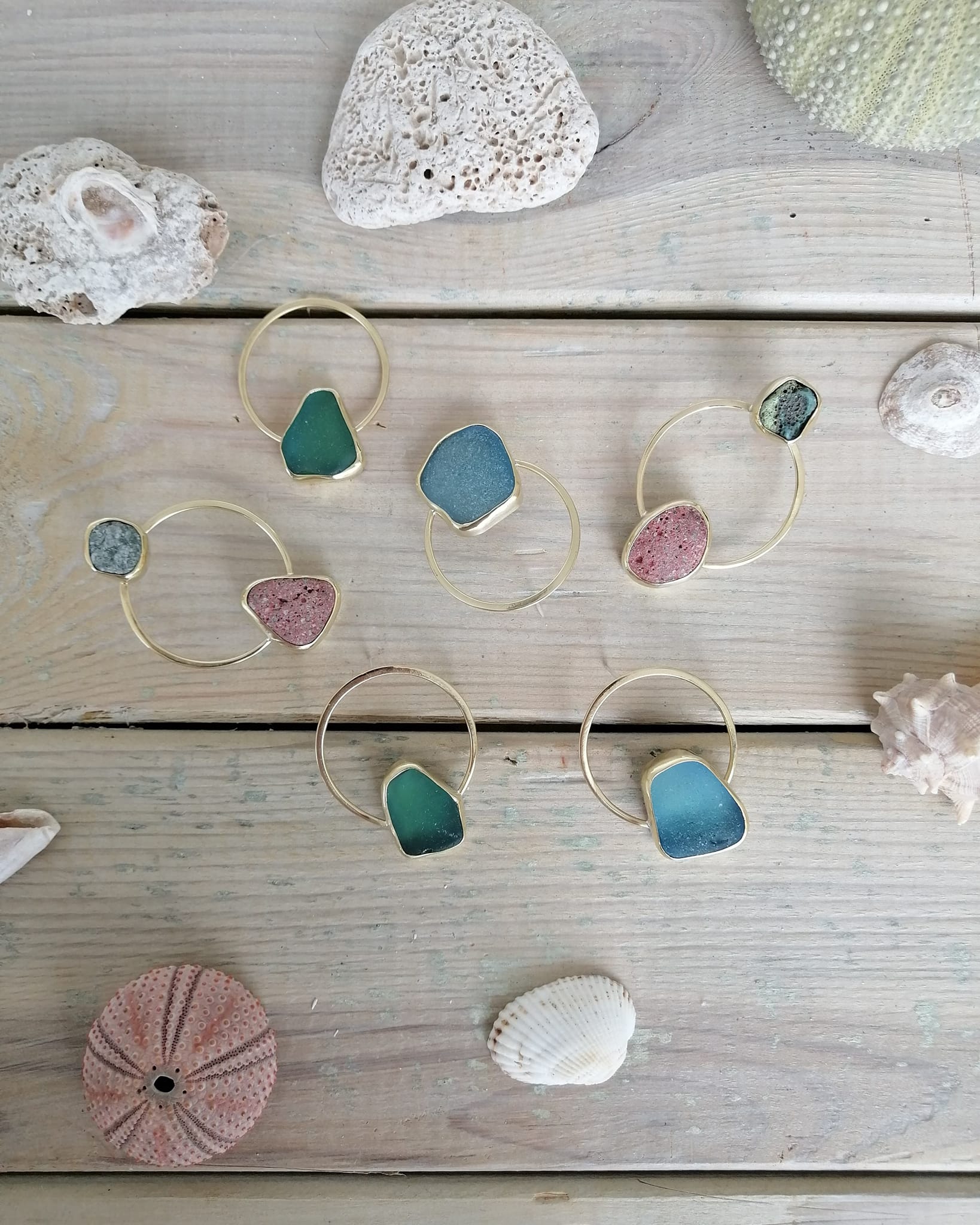
Beautifully designed and expertly crafted, naOtoku creations are statement pieces and conversation starters - whoever wears them is sure to get asked where they got those every once in a while. You can follow naOtoku on Facebook and Instagram - and good luck trying to settle on just one favourite piece.
Love around the world by Anđela & Davor Rostuhar
What do a pair of world travelers do for their honeymoon? They sure don’t go to Paris for a week. Anđela and Davor Rostuhar, a Croatian couple known for their love of adventure and awe-inspiring expeditions, got married in 2018 and then launched quite a special project. They travelled the world for an entire year, interviewing couples of all ages and backgrounds to explore what love means in every corner of our planet.
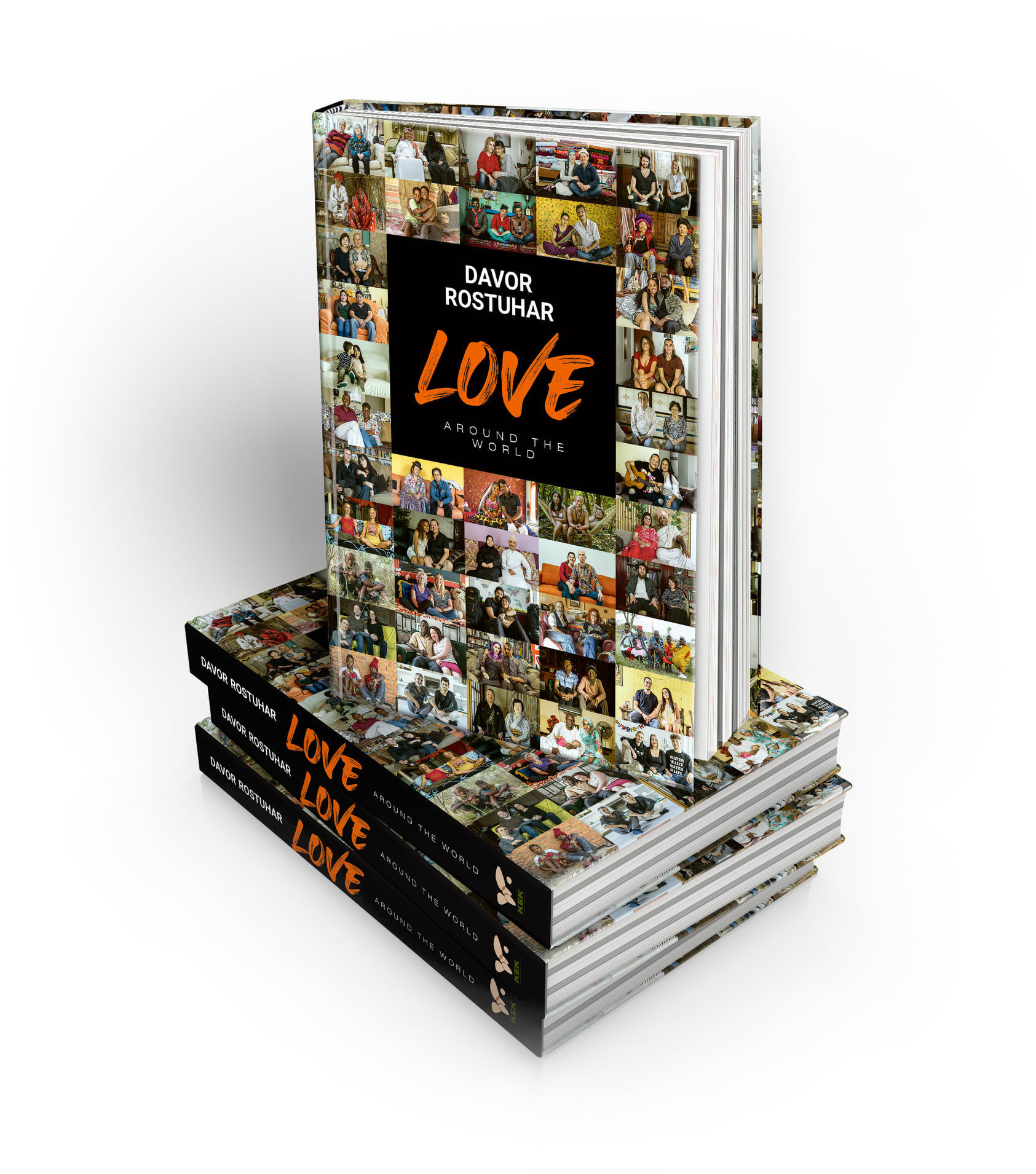
The project resulted in a poignant documentary film and a beautiful book sharing the same name, Love around the world. As described on their site, the book is ‘an intimate essay, a travel diary and an ethnographic study’, and we think a book about love would make a perfect gift this holiday season.
You can learn more about the project and purchase the book (in Croatian or English) on their website.
Chia Cups Studio
Chia Cups are one of those brands that are instantly recognizable from a single product: in their case, a beautiful white ceramic mug covered in black polka dots with the handle painted gold.
They’re so popular, there’s no shortage of copycats out there trying to imitate the famed design. And while the pattern itself is a classic you can’t exactly patent, it’s easy to spot the superior product in the bunch: Chia Cups are handmade, hand painted, glazed to glossy perfection and presented in style by their makers Filipa and Antun.
They’re about to launch their annual holiday collection on their website, so keep an eye out for festive designs featuring timeless Christmas motifs. And if you’re considering getting one as a gift, don’t wait too long: since all the cups are handmade, they are only manufactured in small quantities which typically sell out at the speed of light.
Check out the webshop here and follow Chia Cups on Facebook and Instagram.
Croatian Classics by Andrea Pisac
Few things have the ability to inspire, provide comfort and get people together like food does, and there's no better time to gather around the table and enjoy a traditional meal than the holiday season. Andrea Pisac of Croatia Honestly recently came out with a cookbook named Croatian Classics, featuring 100 recipes for savoury dishes originating from all parts of the country.
The recipes are grouped into themed chapters - not by region, ingredients or courses, but a set of Croatian-specific phrases that describe both the cooking method and the essence of a certain dish. Tell any Croatian to name a few meals ‘na žlicu’ (by the spoon) or ‘za dušu’ (for the soul), and you’ll probably find them all in this cookbook.
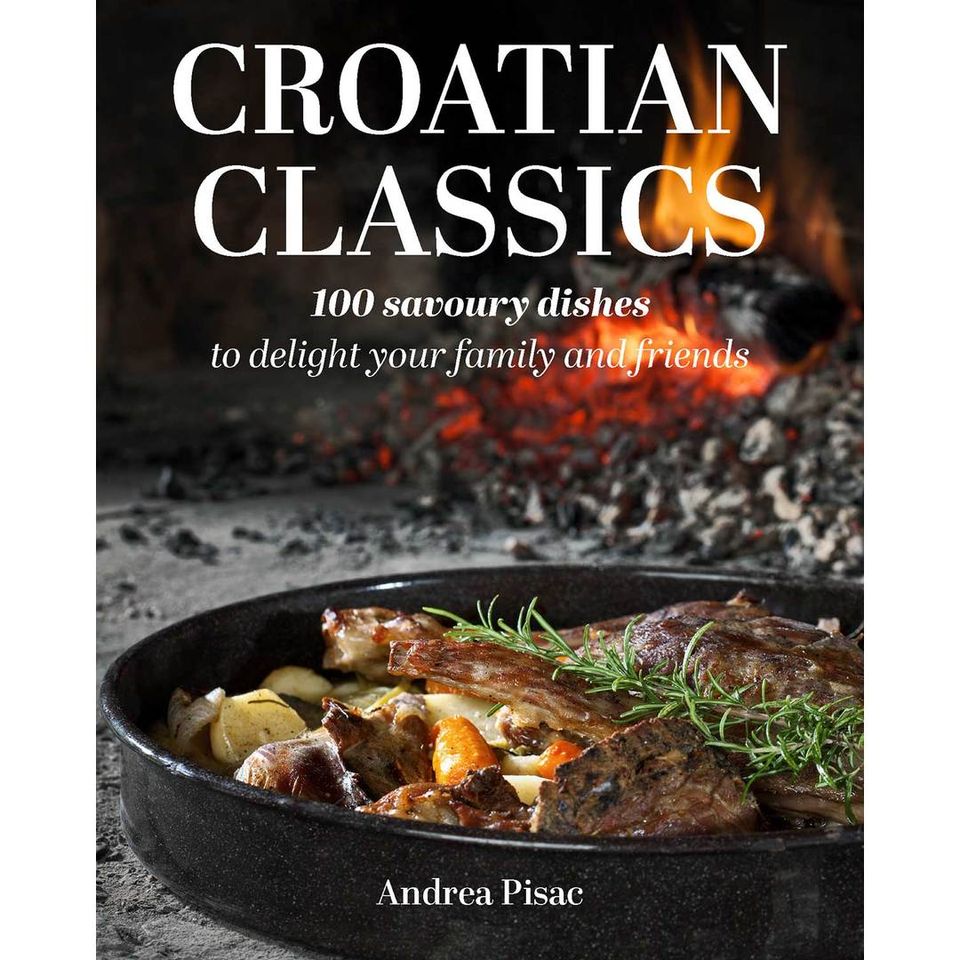
Image © Croatia Honestly / Andrea Pisac
The book is written in English, features hundreds of colour photos and detailed step by step instructions, and the ingredients are listed in metric and imperial measurements. It’s a great gift for any recipient: based in Croatia or diaspora, novices or experienced home cooks, everyone is sure to enjoy delving into this book. Whether you want to tackle our national cuisine or perhaps wish to reconnect with your roots, the Croatian Classics cookbook is a great way to start exploring the traditional Croatian gastronomy. If you want to go all out, pair it with Andrea’s first cookbook, Croatian Desserts.
The cookbook is available for purchase in the Croatia Honestly webshop.
aDORAble
Speaking about food… Let's add a dash of unique flavour to our list. Meet aDORAble, a family-run agricultural business known for organic products of outstanding quality that will take your cooking to the next level.
They make wonderful jams and hot sauces, but they’re best known for their flavoured salts. Hand-harvested in Nin, the coarse sea salt is combined with Mediterranean herbs and other organically grown ingredients such as dried fruit, vegetables, mushrooms - and even red wine! This results in over a dozen flavour combinations, varying from lemon or basil to more complex mixtures such as orange, rosemary and thyme or tangerine and fig leaf. aDORAble control every step of the production process and grow the majority of ingredients themselves.
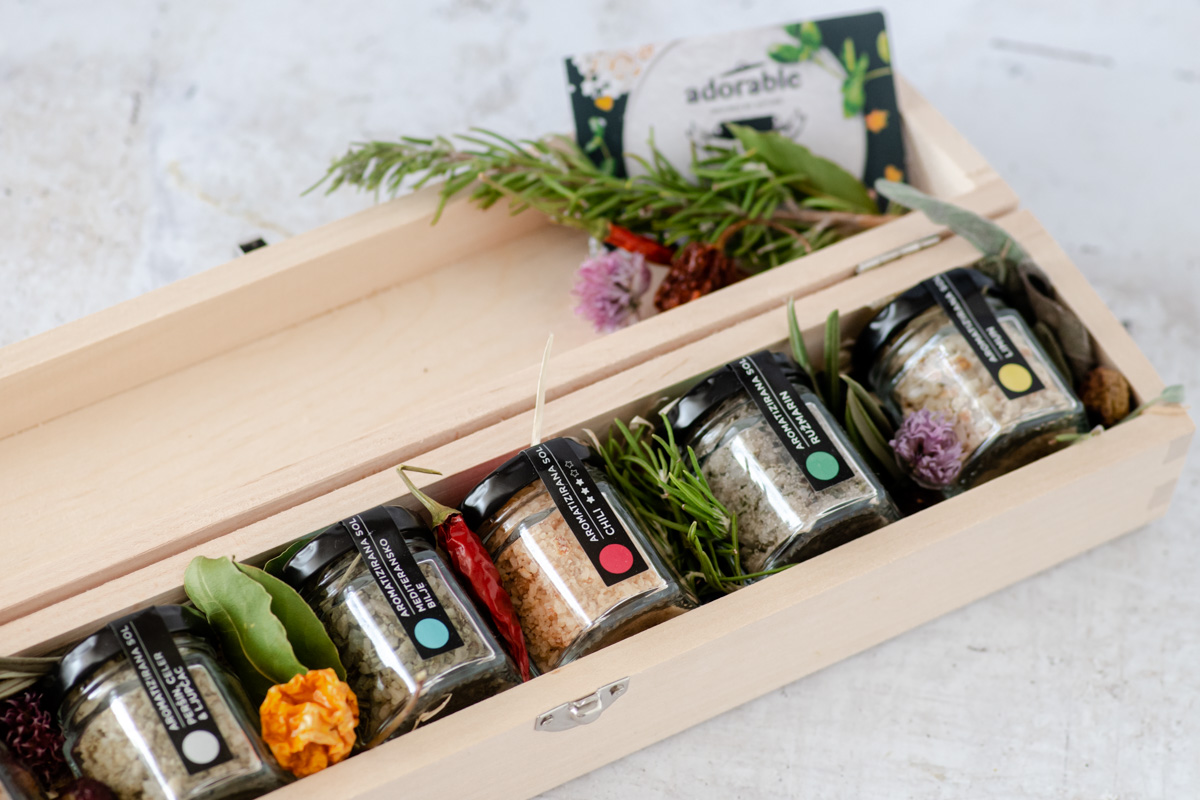 A nice combo of Mediterranean herbs, chilli and lemon. Image © aDORAble
A nice combo of Mediterranean herbs, chilli and lemon. Image © aDORAble
All aDORAble products can be purchased individually, but they also sell gift boxes that anyone who loves to cook would be happy to find under the Christmas tree. Check out their shop here - international shipping is also available upon request.
Take tha break
Why yes, we'll gladly take a break. This design brand specializes in stylish home decor and accessories made of high quality fabrics: pillows, shopping bags, totes, towels, and headbands, to name a few.
Our favourite? Their beach towels, made of waffle cotton that’s highly absorbent and doesn’t shed - the two main features you’d want in this particular item, and yet surprisingly hard to find these days. Aside from checking off all the practical boxes, they come in an assortment of dreamy summery colours and in several sizes; the bigger ones double as throws that will come in handy during those chilly, early-morning ferry rides.
And yes, December might not seem like the best time to gift beach accessories, but in our opinion, it’s never too early to start planning a summer vacation. Fancy something more seasonally appropriate? Their holiday collection is sure to bring some Christmas cheer into your home.
Follow them on Instagram and check out the products in their webshop.
Matinata - premium organic skincare
Matinata is a Croatian skincare brand whose name, philosophy and ingredients all stem from Mother Nature. Their line of active organic skincare currently counts six top-notch products, made from botanicals, plant extracts and naturally derived ingredients that have all been proven to have beneficial effects for the skin.
The organic components are carefully sourced worldwide from selected fair trade partners, thoroughly tested in collaboration with the Faculty of Pharmacy in Ljubljana, and then used to manufacture Matinata products in Croatia in small batches. The brand is based on transparency and their website offers a thorough breakdown of ingredients they use (as well as those they don’t), their purpose and benefits for the skin.
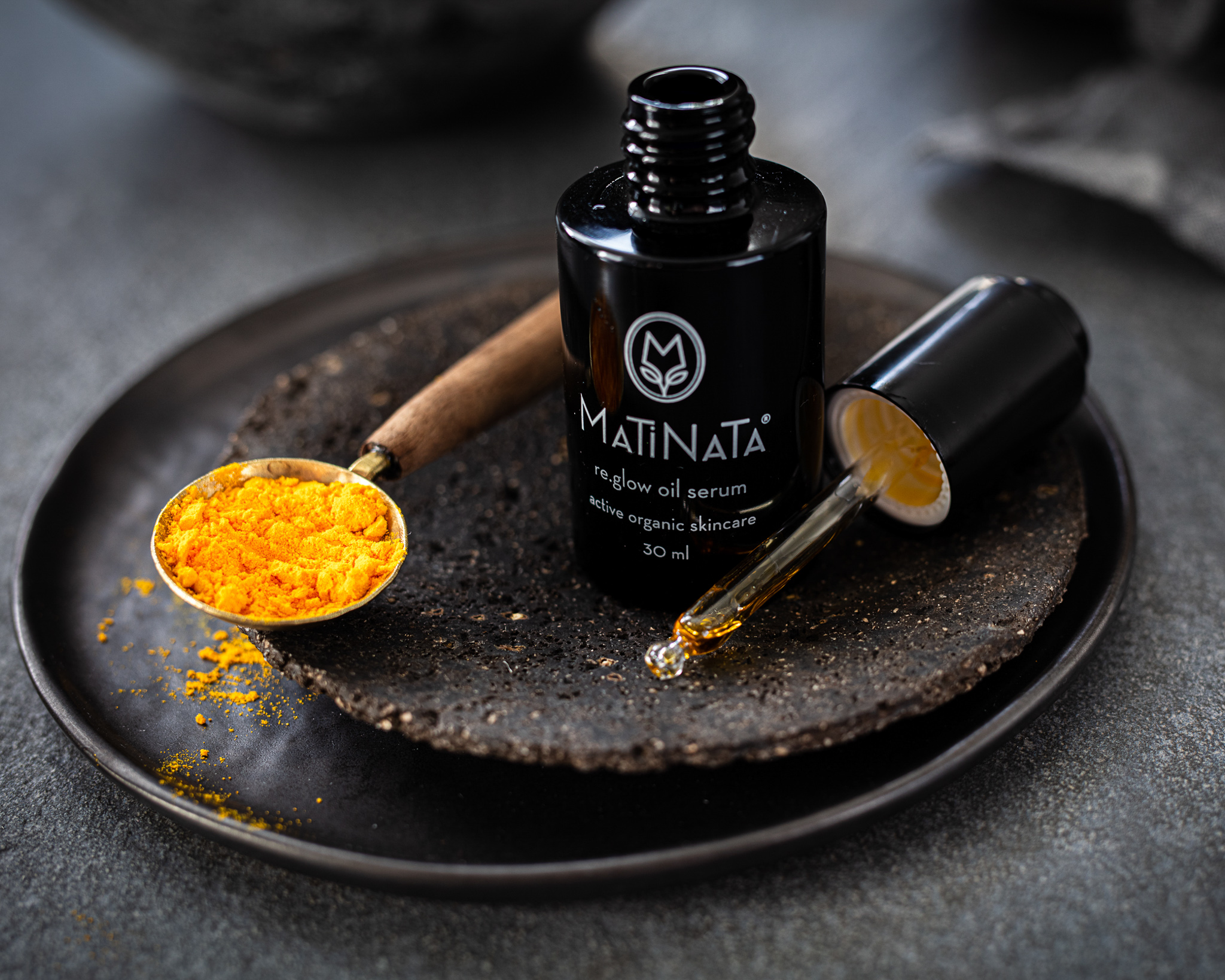
Image © Matinata skincare
From the exquisite dark glass packaging to the hypercharged formulas, Matinata products feel luxurious and transform a simple daily routine into a cherished ritual. Our favourite: re.glow, a potent nourishing oil serum that restores balance to the skin, looks like liquid amber and has an intoxicating scent that will make you want to bathe in the stuff. (No need; a few drops will suffice.) Not sure which product to go with? Their Discovery set features mini versions of all Matinata products and would make a great gift for anyone looking to explore natural cosmetics.
Learn more about Matinata on their website and follow them on Facebook and Instagram.
Better Bread by Kroštula: panettone
Okay, panettone isn’t exactly an authentic Croatian thing, but this delicious Italian sweet bread is such a Christmas classic, it’s become a holiday staple in countless Croatian households. While we’re usually happy to go with tried and tested Italian brands, it’s nice to know we have a fantastic local version as well.
This year, skip the imported stuff and try an artisan panettone instead, courtesy of Better Bread by Kroštula. They’ve got the recipe down to a T (not an easy feat, as they like to remind us in their social media posts), resulting in ethereal, fluffy goodness you can basically smell through your screen:
Two versions of panettone are available at the moment (candied fruit and chocolate), with more flavour combinations to follow. It can be purchased in their webshop and in selected stores across Croatia - check the list here and follow Better Bread on Facebook.
Bradonja i plava
Bradonja i Plava (the bearded guy and the blonde) are Josip and Maja, two creatives running a lifestyle brand formerly known as Papa Joe design. We love their jewelry and home decor inspired by traditional Croatian lace and recreated in birch wood.
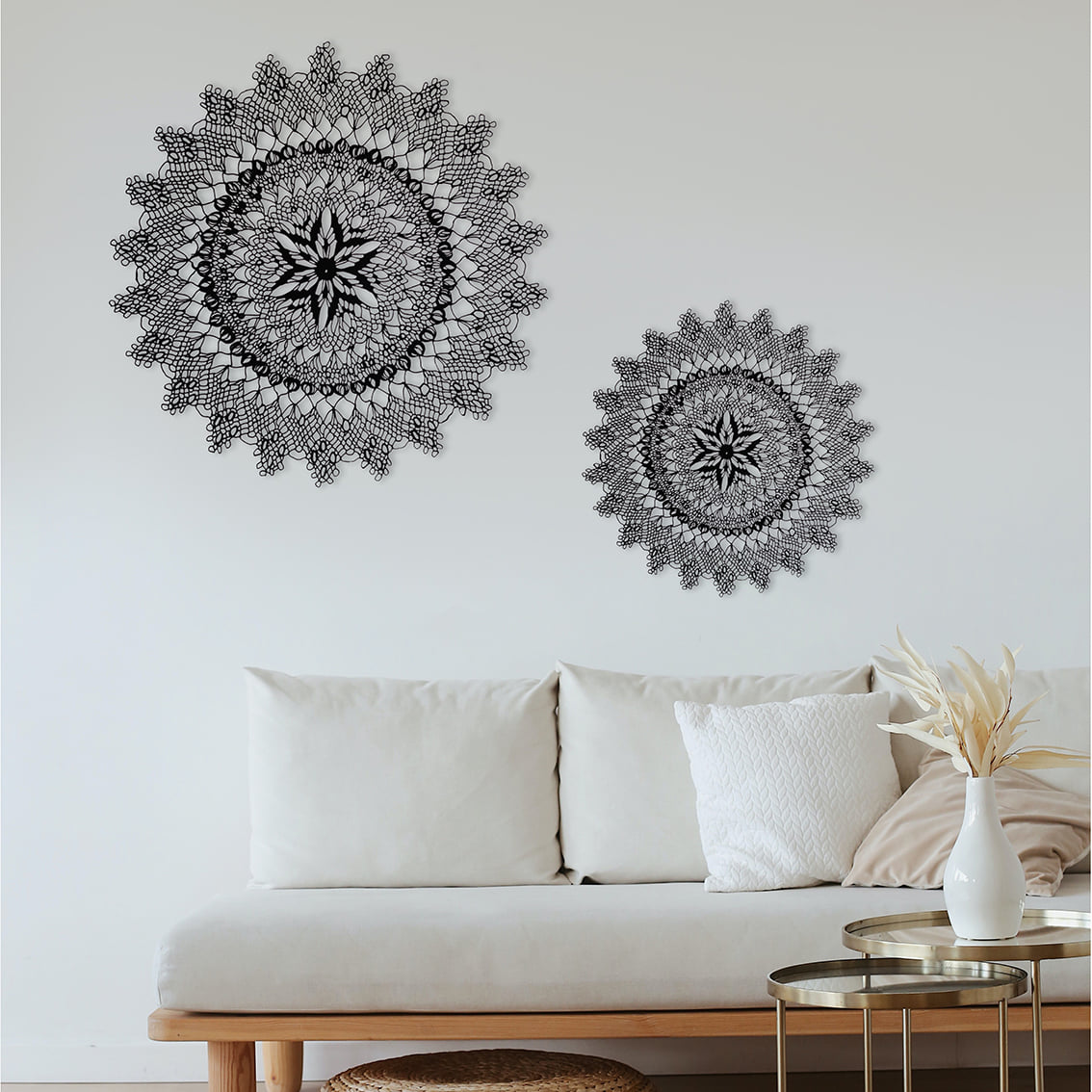 Yep, that's wood up there on the wall! Image © Bradonja i Plava
Yep, that's wood up there on the wall! Image © Bradonja i Plava
Adorn your walls in intricate designs based on Pag, Hvar and Lepoglava lace; if you’re looking for something on the smaller side, check out their delicate wooden earrings which literally represent small sections of authentic lace patterns.
Follow them on Facebook or Instagram and check out their webshop.
Likamee wool
Likamee wool is a small family business producing felted mat rugs out of sheep wool, sourced from the region of Lika and its indigenous Lika Pramenka sheep variety.
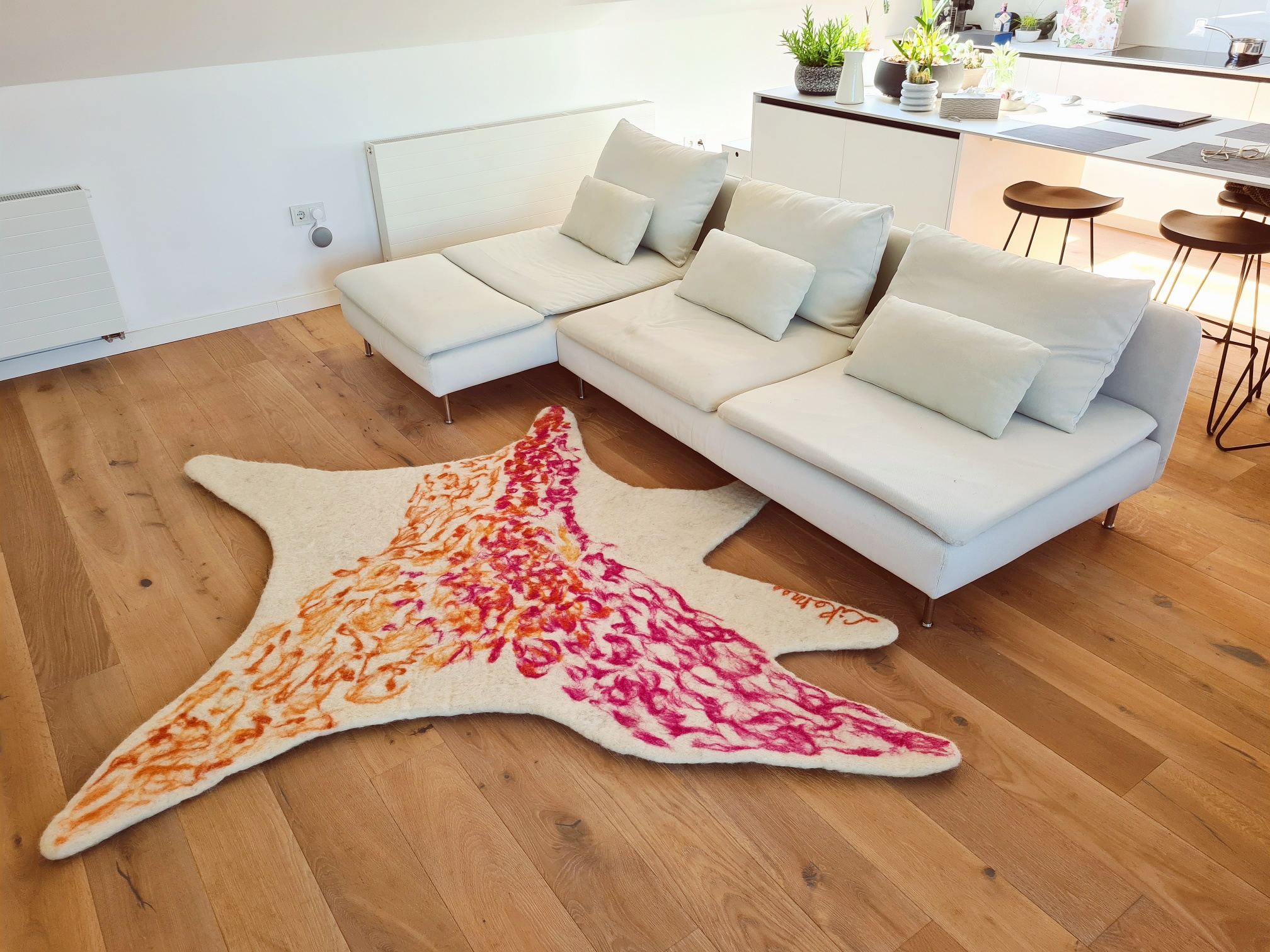 Image © Likamee Wool
Image © Likamee Wool
An incredible amount of time and work is invested in every single piece, as all Likamee rugs are manufactured entirely by hand. It’s truly a labour of love, resulting in unique, eye-catching home decor which is also animal friendly and sustainably made.
Follow them on Facebook and Instagram, where they also share snippets of the manufacturing process that will make you appreciate their craft all the more.


